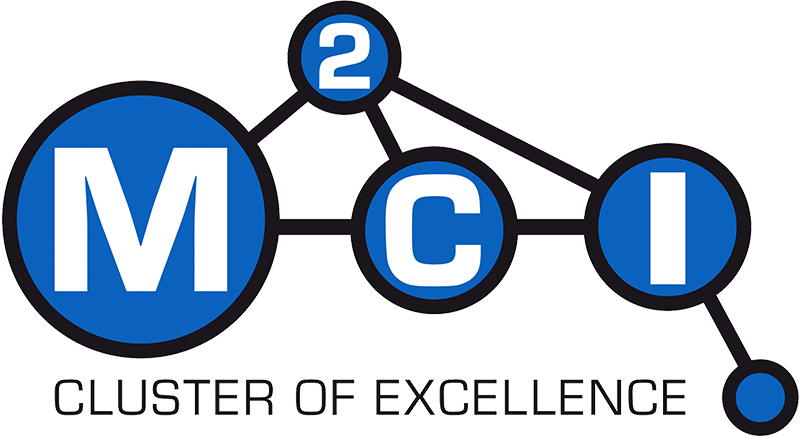Directional Screens

The goal of display and screen manufacturers is to design devices or surfaces that maximize the perceived image quality, e.g., resolution, brightness, and color reproduction. Very often, a particular viewer location is not taken into account, and the quality is maximized across all viewing directions. This, however, has significant implications for energy efficiency. There is usually a very wide range of viewing directions (e.g., ceiling, floor, or walls) for which the displayed content does not need to be provided. Ignoring this fact results in energy waste due to a significant amount of light reflected towards these regions. In our work, we propose a new type of screen - directional screens, which can be customized depending on a specific audience layout. They can provide up to 5 times increased gain when compared to high-gain screens and up to 15 times brighter reflection than a matte screen. In addition, they provide uniform brightness across all viewing directions, which addresses the problem of "hot-spotting" in high-gain screens. The key idea of our approach is to build a front-projection screen from tiny, highly reflective surfaces. Each of these surfaces is carefully designed so that it reflects the light only towards the audience. In this paper, we propose a complete process for designing and manufacturing such screens. We also validate our concept in simulations and by fabricating several fragments of big screens.
Downloads
Citation
Michal Piovarči, Michael Wessely, Michał Jagielski, Marc Alexa, Wojciech Matusik, and Piotr Didyk. 2017. Directional Screens. In Proceedings of SCF ’17, Cambridge, MA, USA, June 12-13, 2017, 10 pages.@inproceedings{Piovarci2017,
author = { Michal Piovar\v{c}i and Michael Wessely and Micha\l{} Jagielski and Marc Alexa and Wojciech Matusik and Piotr Didyk},
title = {Directional Screens},
booktitle = {Proceedings of SCF '17},
series = {SCF '17},
year = {2017},
isbn = {978-1-4503-4999-4/17/06},
location = {Cambridge, MA, USA},
volume = {35},
number = {4}
numpages = {10},
url = {http://doi.acm.org/10.1145/3083157.3083162},
doi = {10.1145/3083157.3083162},
acmid = {3083162},
publisher = {ACM},
address = {New York, NY, USA}
}






